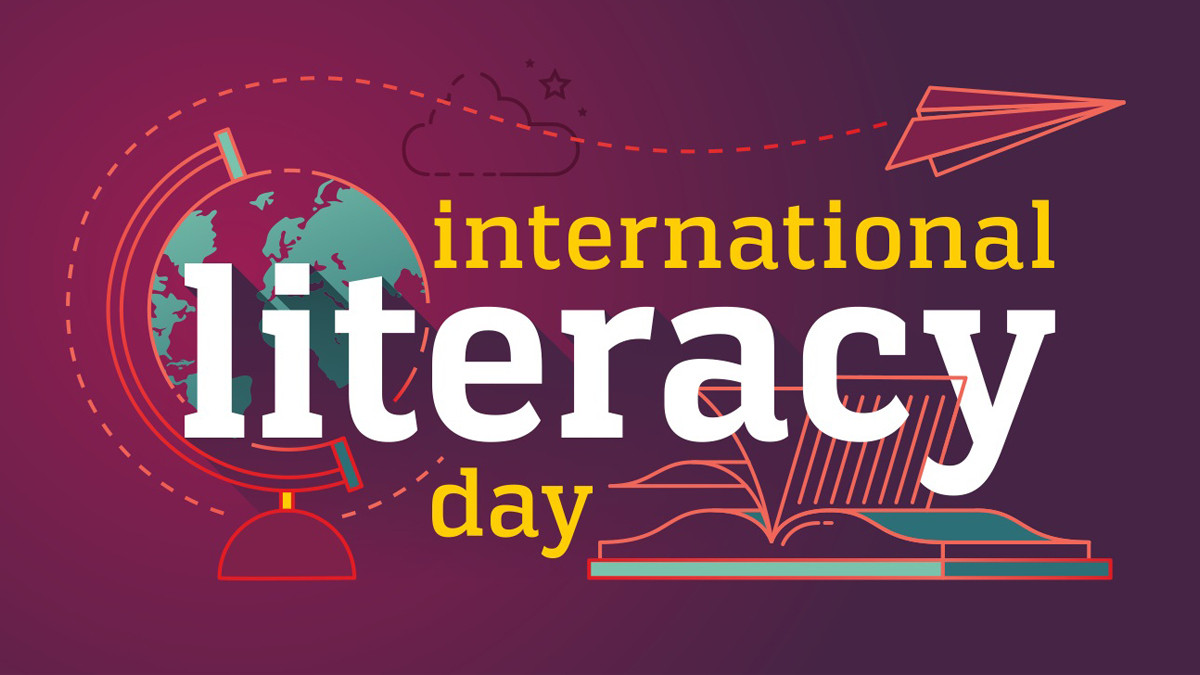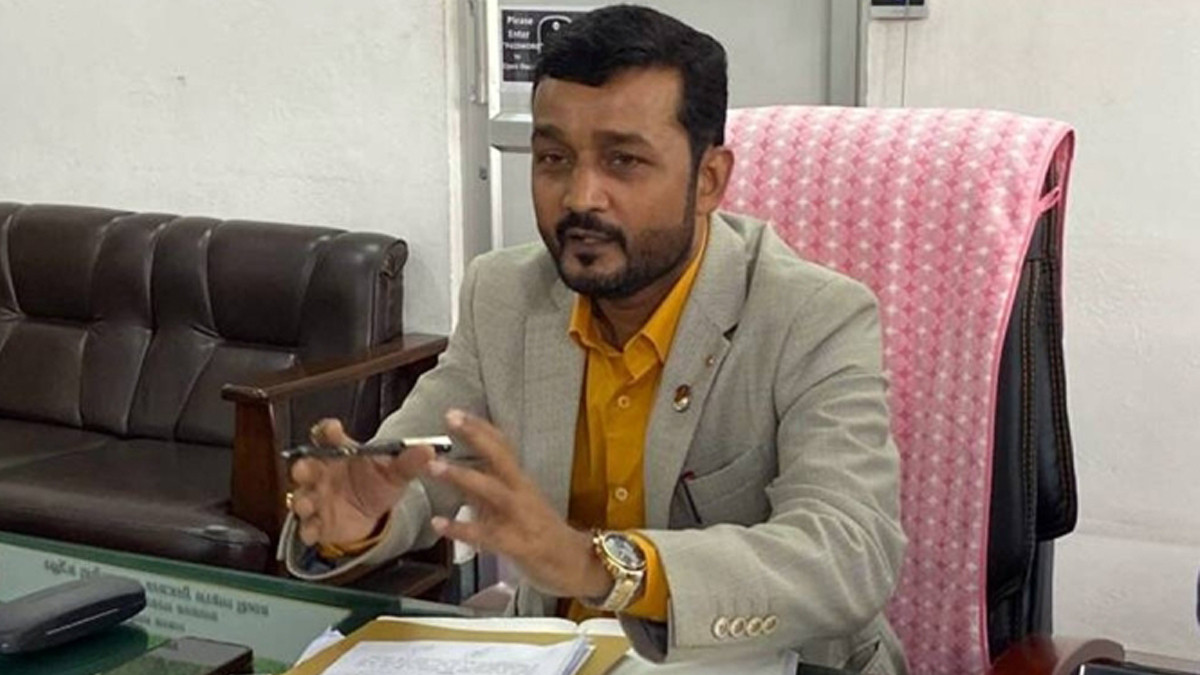
The government launched the 'Literate Nepal Campaign' a decade back, but 16 districts, including eight in Madhesh province, are yet to be declared as achieving the 'fully literate' status.
The government had brought a program through its policy and program document, and the budget for the fiscal year 2075/76 BS that the country would be declared fully literate within two years. Ever since this announcement, the trend of declaring the districts as fully literate has increased of late.
To date, 61 districts have been declared as achieving the 'fully literate' status while all the districts in Madhesh province (Saptari, Siraha, Dhanusha, Mahottari, Sarlahi, Rautahat, Bara, and Parsa), Kapilbastu district in Lumbini province, Mugu, Jumla, Humla, Kalikot, and Dolpa districts in Karnali province and Kanchanpur and Doti districts in Sudurpaschim province remain to be declared as fully literate districts.
Out f the 753 local units, 176 local units of the above 16 districts remain to be declared as achieving the 'fully literate' status, the Center for Education and Human Resource Development under the Ministry of Education, Science and Technology said.
Center director-general Chudamani Poudel said an action plan has been forwarded and a proposal based on cost-sharing is ordered to be prepared under the Literate Nepal Campaign this year. The Center said under this, a programme has been brought for holding an orientation for the stakeholders in the districts and local units yet to be declared attaining full literacy, for producing learning materials would be produced including the 12 literacy indicators and distributing them and for making the family and community literate by mobilizing the students.
There is a provision of declaring a district or local unit as 'literate district or local unit' if 95 percent of the residents aged between 15 to 60 years there is found literate.
The literacy rate of the above six years old population is 78 percent, of the 15-24 years old population is 92 percent, of the population above 15 years old is 58 percent and of the 15-60 years old population is 85 percent. Percentage-wise, the literacy rate is on improvement traction as compared to the country's literacy rate in 2004 BS. Nepal's literacy rate in 2004 BS was a mere 2 percent.
There are 35,674 schools in the country, including 27,812 community schools, 6732 institutional (private) schools, and 1130 religious schools. Similarly, there are 2,151 community learning centers, 121 open schools, and 171 formal adult literacy schools.
The government has a policy of seeking voluntary roles of students of various levels in the literacy campaign as past programs and approaches to promote literacy failed to yield the expected results. Nepal launches the literacy campaign in 2004.
The 56th International Literacy Day was observed today with the theme of 'Transforming Literacy Learning Space' and the Center, too decided to promote the literacy campaign through the dissemination of electric and other media content.
In his message of best wishes on the occasion of the Day, Minister for Education and Science and Technology, Devendra Paudel, highlighted the need for cooperation among the three-tier government in the operation of literacy programs and promoting lifelong learning activities.
It may be noted that the Nepal Government, Council of Ministers on 29th November 2012 endorsed and implemented an approach paper to launch the Intensive Literacy Programme by not repeating the people participating the program once in the next class.
The paper advised specifying literacy as the mandatory condition for getting government facilities including the old-age allowance.
The program aimed to create a base for people above 15 including the aged one for lifelong learning. In course of the implementation of the program, the government had announced the fiscal year 2071-72 BS (2014-15) as the ', Illiteracy Elimination Year', but the goal is awaited. Sindhupalchowk was the first district to be declared as a literate district on June 16, 2014, and Lalitpur was declared the first total literate district on June 22.
According to the 2011 census, the literacy rate (for the population aged five and above) is 65.94 percent while male literacy is 75.14 percent and female literacy is 57.39 percent.
Earlier the government had announced to make all people literate with the mobilization of all state mechanisms to make all illiterates meet the minimum standard of literacy by 2015. RSS









